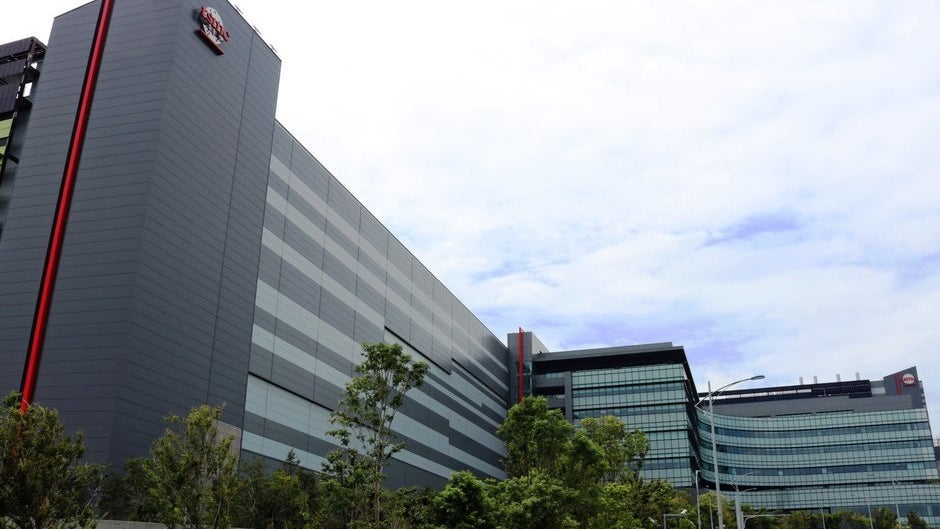2020 Apple iPhones could be first to use a more powerful chip architecture

The smaller the process used to fabricate chips, the more transistors fit inside the densely packed space inside. That means higher performance and better energy consumption. For example, the original iPhone used an SoC that was manufactured using the 45nm process. Today's top chipsets, including the Snapdragon 855, are produced using the 7nm process. And with the use of extreme ultraviolet lithography (EUV), chip makers can more precisely design the layouts of integrated circuits (IC) for even more performance enhancements.
TSMC, the company that manufacturers many of the chips found in today's smartphones, plans on starting volume production of 5nm chips during the first quarter of next year. Preliminary figures show that these will be packed with 1.8 times the number of transistors found in the 7nm components with a 15% speed boost possible. Recent reports suggest that Samsung will manufacture the Qualcomm Snapdragon 865 instead of TSMC, and will do so using Sammy's 7nm EUV process. As a result, the 2020 iPhones might be the first smartphones to use a 5nm SoC.
Moore's Law, which was an observation made by Intel founder Gordon Moore states the number of transistors inside an IC double every other year. While this hasn't been followed perfectly, the number of transistors inside these components keeps rising. TechWeb reports (via WCCF Tech) that TSMC is awaiting certain environmental approvals for the factories that will build 3nm chips in Hsinchu, Taiwan starting in 2022. TSMC senior director Zhuang Zishou says that it will conduct R&D for 2nm chips in the same city to avoid "brain drain."
As fast as 7nm chips are now, it is hard to imagine the blinding speed that will be available when chips made using the 2nm process become commonplace.
Follow us on Google News












Things that are NOT allowed:
To help keep our community safe and free from spam, we apply temporary limits to newly created accounts: